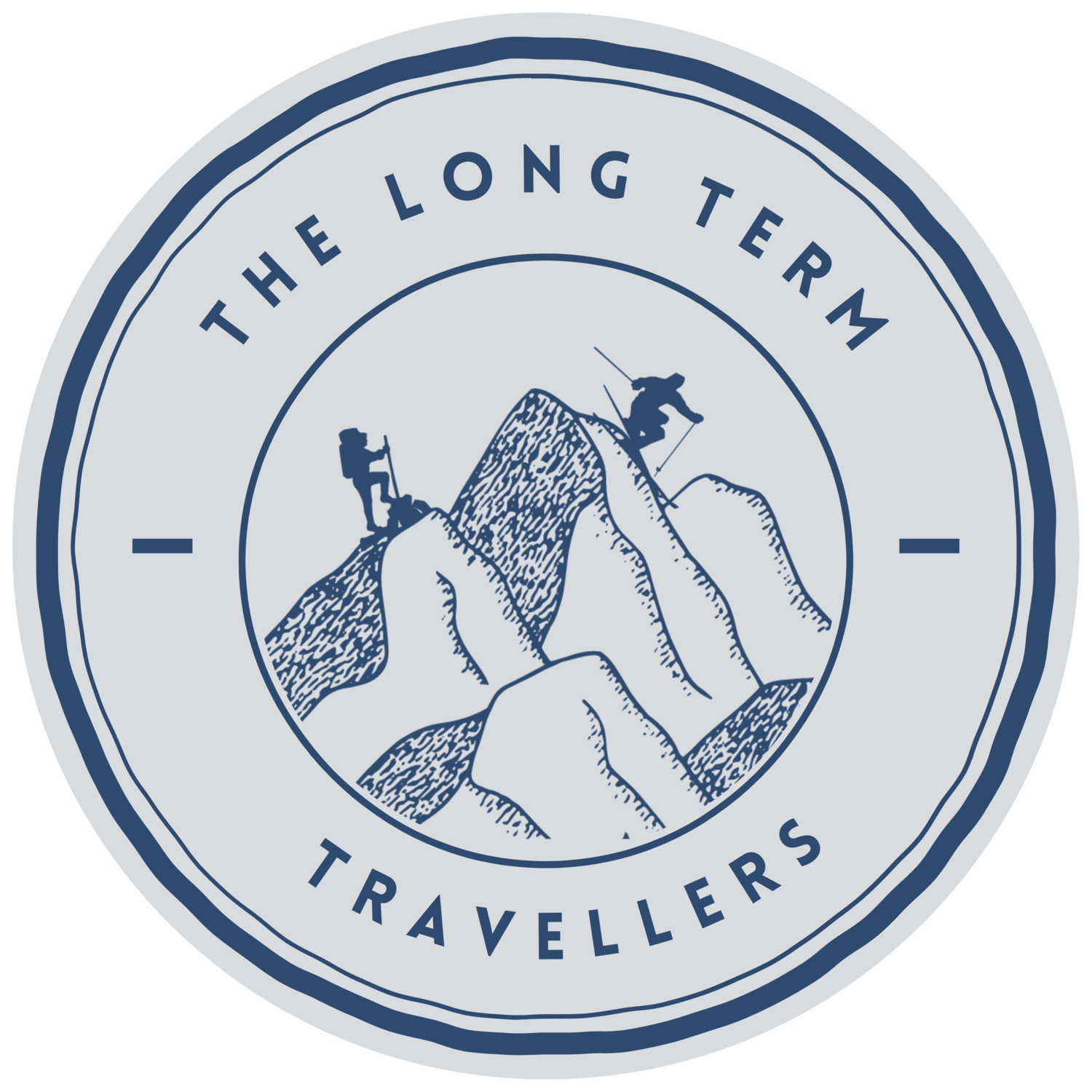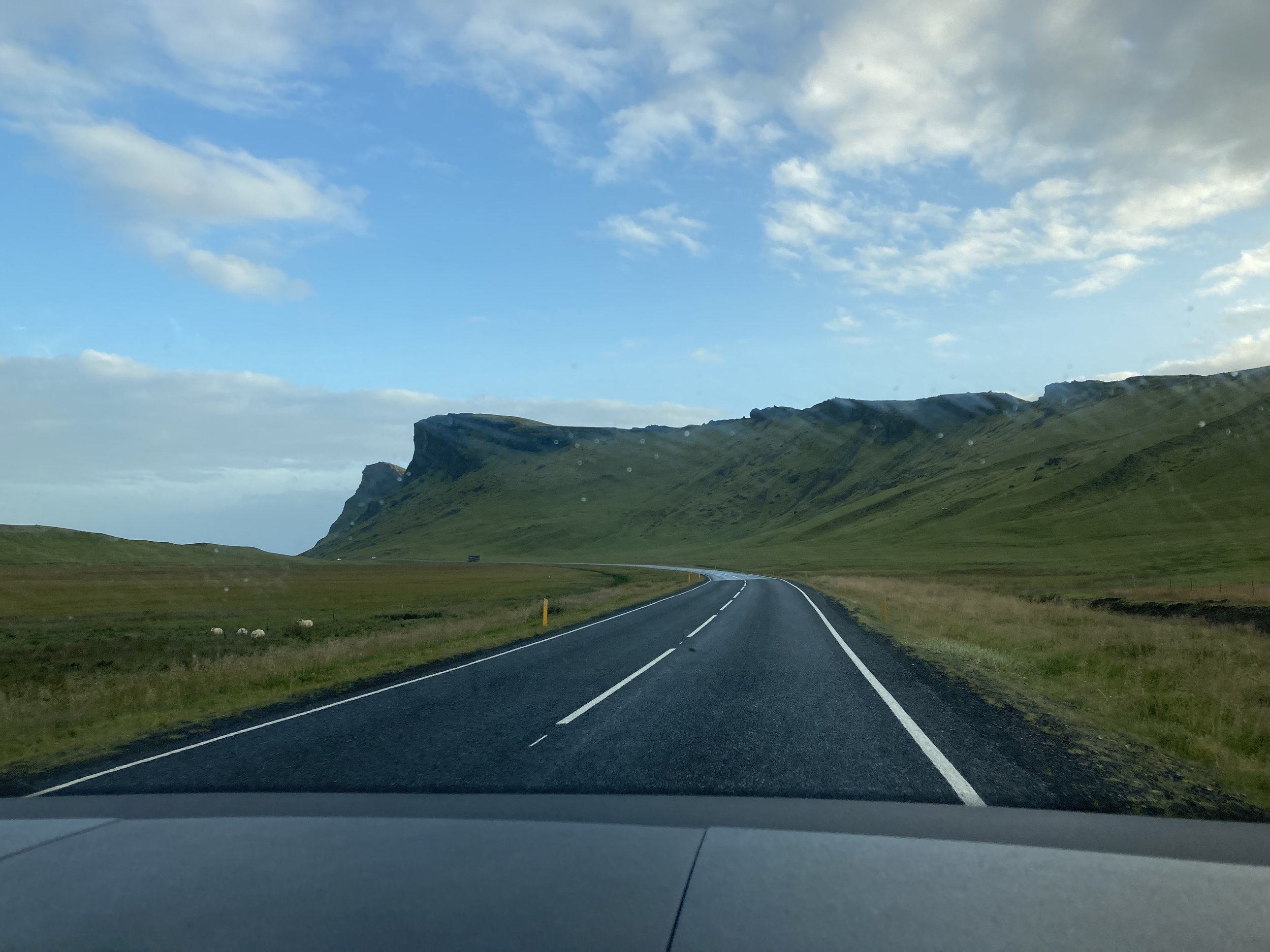8 Things to Know Before You Travel to Iceland
Throughout our whirlwind adventure of travelling around Iceland’s southeast, the small island nation became one of those destinations that inspired us to start planning our return before we had even left.
Before we had arrived, we didn’t exactly know what to expect from the landscapes, the cuisine, or the culture, and it was a major reason why we wanted to go. Much like our home turf, this small country invited quite a lot of intrigue, and it did not disappoint.
Although it’s important to add some level of spontaneity to your travels, we’ve compiled 8 things to know before you go to make the most of your time in Iceland.
There’s no telling what kind of weather you’ll get, so be prepared no matter where you are!
1. The weather is extremely changeable
It’s no wonder that a small island in the middle of the North Atlantic has some pretty changeable weather, but it’s worth being repeated. Pack lots of layers for every weather event and make sure you bring your waterproofs; jacket, trousers, shoes, the whole nine. In this case, you’d rather pack extra and not need it than chance your luck, as no matter the season, you’re bound to have some rain.
We were actually greeted with some pretty wild weather when we arrived in Keflavik for our first day. The wind was coming in so quickly and steadily that it was actually raining sideways. Despite that first very rainy day, we were incredibly lucky on our trip to experience many warm, sunny days, but learned quickly that no matter the weather, it would change repeatedly throughout the day. In other words, don’t leave your accomodation for a day out unless you have things for cold weather, warm weather, rain and wind (you’ll no doubt experience them all).
2. ‘Wild’ camping is prohibited
A couple of locals at the Þakgil campsite, one of our favourites for scenery and remoteness.
Respecting and abiding by conservation rules is one of the first things you’ll notice in Iceland. Leaving vegetarian, nature and geological formations undamaged and unspoiled is very much a part of the country’s ethos, and they understandably have quite strict rules around protecting it.
If you have come to Iceland to camp, whether that be in a tent, or through a camper-van, know that you’ll have to stick to designated campsites and won’t be able to just pitch up or park up just anywhere. This rule doesn’t just apply to camping, stick only to the marked trails when you hike and don’t wander off-path! Before heading out to enjoy Iceland’s wild spaces, make sure you familiarise yourself with Icelandic pledge, especially if you’re planning on an adventure outdoors.
3. budget travel can be done
We did a camper tour of the southeast, and used holiday-park campsites that featured indoor facilities such as kitchens, electrical sockets and laundry. We ended up being able to spend no more than we typically would have on a holiday within the EU or your typical British staycation. This site, Gesthús Selfoss, was our favourite site in terms of amenities.
Although we had an expectation that Iceland was going to be an expensive holiday destination, we were pleasantly surprised when we found out that it can very much be done on a budget.
We wanted to do the camper van tour to make the most of our time, and it turned out to be the most affordable way to see the country as you’re paying for your vehicle and the bulk of your accomodation in one. If you choose this option, remember that you’ll still need to book in for sites, but we found these very inexpensive compared to hotels and bnbs.
Another great part about choosing a camper holiday was the cooking facilities the camper came with. Making your own food on holiday always saves you quite a bit, and it’s especially true in Iceland. If you are happy cooking for yourself, we recommend using grocery stores like Kronan/ Kr, Bonus, and Netto (although don’t use the Netto right near Keflavik airport as it’s more expensive than any of the other ones).
If you’re not into the whole camping thing (totally fair), our suggestion would be to plan and book ahead. It’s no secret that booking things last minute will mean that you have less options, so use a site like Booking.com that will allow you to be flexible with cancellations if your plans do change.
Looking to cut down on cost on your next adventure? You may like….
4. Get clued up on the road rules
The incredible Ring Road on our way to Vík. Remember to drive on the right side of the road and pass on the left if you’re visiting from the UK!
Planning a road trip across Iceland is a popular, affordable and efficient way to see the best of what the country has to offer and we definitely recommend it. That being said, it’s worthwhile reading up on all of their unique road rules before getting behind the wheel as not abiding by them can result in hefty fines that can actually be given to you on-the-spot (not really what you want for your holiday).
Although this is in no means the complete list of driving regulations (see more info here) , here are some things to know that are different from our rules in the UK:
Drive on the right side of the road, like North America and other parts of Europe. If you’re visiting from the UK or another country that drives on the left, it’s worth practicing in a carpark or remote setting before heading into a busy area.
Wanting to head into the Highlands? You’ll need to be in a vehicle which is licensed to drive on any of Iceland’s F roads (see more on this below), and off-roading of any kind is illegal.
Car headlights must be switched on at all times! Day, night, sunny or cloudy.
As we mention above, if you’re staying in a camper van, check into a site at night, because parking outside of a licensed carpark or camper site is not allowed.
If you’re headed in winter, make sure you do your research: some roads close from October-May due to heavy snow.
Consider downloading the 112 Iceland App. It allows you to connect to the emergency services without calling and can provide your exact location.
What are F Roads?
F-roads (fjall - mountain in Icelandic) can also be referred to as highland roads and they refer to the mountainous roads that are found largely in Iceland’s interior. Stick to the Ring Road if you’re booking out a regular camper, or, if you’re hoping to get into the mountains, make sure you get one that’s suited/ licensed to go on these roads.
A map of all of Iceland’s F-Roads, or mountain roads. Photo from road.is, find out more info on mountain roads here
5. there’s an app for everything
When looking into weather forecasts, transit and city guides, I was directed every time to the app for it. Whether you want to look into public transport links, are looking for where best to see the Northern Lights, or even looking where in Reykjavik to get the most reasonably priced pint… there’s an app for that. Here are a few we recommend:
Strætó - for public transport links
Veður - for weather
Vegagerðin - for road conditions
112 (also mentioned above) - for emergency services
My Aurora Forecast - for spotting the Northern Lights in season
Appy Hour - happy hour discounts
WAPP- for avid hikers
6. No mosquitos!
We happily left our camper doors open every evening as we cooked and relaxed outside knowing there were no pests, one of the major upsides to heading outdoors in Iceland.
One of the glorious things about Iceland is that it is one of the only countries in the world that is completely mosquito free. If you’re planning your camping trip or a hiking excursion, you can feel free to leave the mosquito repellant and bug nets at home. There apparently is some contest as to why mosquitos choose to leave Iceland alone, but whether it’s the climate or the soil, we don’t need any explanation to enjoy it.
Although Iceland gets a reputation for having no pests at all, some smaller insects (like their version of a midge) can be found at certain times of the year. So if you are headed on a long-term camping trip, do some research on where midges frequent and pack the right stuff to deter them.
7. Don’t buy bottled water
As I’m sure you’ll hear from locals or read from signs once you arrive, Iceland has some of the purest natural water resources in the world. This means that you can drink tap water from wherever you find yourself in the country and freely use any refill station you see (like the one pictured below). Make sure you pack your refillable water bottle. It’ll save you money and it ties in with the country’s ethos on conservation; purchasing bottled water isn’t seen as environmentally friendly here as it’s not needed.
“Iceland has some of the purest natural water resources in the world, available at every faucet around the country - for free. Still, a lot of visitors choose to buy bottled water. We don’t know why they do it, but we suspect it’s just a habit. But it’s an expensive habit and not exactly environmentally friendly. We would like ton encourage you to refill your water bottle as you travel, or drink straight from the tap. It’s time to start drinking responsibly””
8. Drones are banned in parts of the country
If you’re a photographer or videographer coming to capture the best of Iceland from above, just keep in mind that drones are banned in quite a few places, most specifically the National Parks of Vatnajökull, Snæfellsjökull and Þingvellir.
Even where drones are allowed, there are other restrictions to keep in mind; such as not flying over 120m or over crowds or vehicles. Head to the Icelandic Transport Authority for more information and to access their exemption applications if this is the primary purpose of your travels.
For anyone who loves adventure and wild, outdoor spaces, Iceland is an absolute dream destination - pack your waterproofs, lace up your hiking boots and make sure to know before you go to make the most of your trip!
happy travels,
sam
Looking to plan a trip to Iceland? See our recommendations for the Southeast here:
More on European adventures…














Traveling has unfortunately become synonymous with spending, but it doesn’t have to be. For those looking to travel longer term and on a budget, there are a lot of ways that you can cut back on expenses to fund your next adventure.